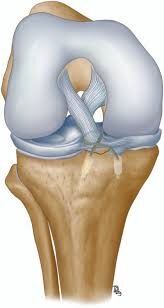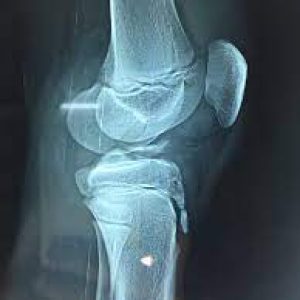ACL avulsion fixation is a surgical procedure aimed at restoring stability and functionality to the knee joint following an anterior cruciate ligament (ACL) avulsion injury. An ACL avulsion occurs when the ligament tears away from its attachment point on the femur (thigh bone) or tibia (shin bone), often resulting from sudden trauma or excessive stress on the knee. ACL avulsion fixation involves reattaching the torn ligament to its anatomical insertion site using specialized techniques and fixation devices. Let’s delve into the details of ACL avulsion fixation, its surgical approach, and postoperative considerations.

Understanding ACL Avulsion Injury
The ACL is a crucial ligament that stabilizes the knee joint by preventing excessive forward movement of the tibia and rotational instability. An ACL avulsion injury occurs when the ligament is torn away along with a fragment of bone from its attachment point. This injury can lead to significant knee instability, pain, swelling, and functional limitations, particularly during activities involving cutting, pivoting, or sudden changes in direction.
Surgical Approach for ACL Avulsion Fixation
ACL avulsion fixation typically involves the following steps:
- Preoperative Assessment: Comprehensive evaluation, including physical examination, imaging studies (X-rays, MRI), and assessment of knee stability and function.
- Surgical Incision:The orthopedic surgeon makes a small incision near the avulsed ACL attachment site on the femur or tibia.
- Ligament Mobilization: The torn ACL fragment is carefully mobilized and prepared for reattachment.
- Bone Preparation:The bone surface at the avulsion site is prepared, removing any damaged tissue or debris to create a clean and stable environment for fixation.
- Fixation Technique: Specialized fixation devices, such as screws, anchors, or sutures, are used to secure the ACL fragment back to its anatomical insertion site.
- Soft Tissue Repair: Any additional soft tissue or ligamentous structures around the knee joint may be repaired or reconstructed as needed to restore stability and function.
- Closure and Postoperative Care: The incision is closed, and patients undergo postoperative care, including pain management, physical therapy, and rehabilitation.

Benefits of ACL Avulsion Fixation
- Restored Stability: By reattaching the torn ACL fragment, avulsion fixation restores knee stability and reduces the risk of recurrent instability or joint laxity.
- Improved Function: Patients often experience improved knee function, range of motion, and ability to perform daily activities and sports.
- Pain Relief: Addressing the ACL avulsion can alleviate pain and discomfort associated with the injury, allowing for a faster recovery.
- Prevention of Secondary Damage: ACL avulsion fixation helps prevent secondary damage to surrounding structures, such as menisci, cartilage, and other ligaments, by restoring normal knee mechanics.
- Early Return to Activity: With appropriate rehabilitation, many patients can return to sports and physical activities relatively soon after ACL avulsion fixation.
Postoperative Rehabilitation
Rehabilitation is a crucial aspect of ACL avulsion fixation recovery:
- Early Mobilization: Physical therapy begins soon after surgery to promote knee mobility, reduce swelling, and prevent stiffness.
- Strength and Stability Training: Progressive exercises focus on strengthening the quadriceps, hamstrings, and calf muscles, as well as improving proprioception and balance.
- Functional Training: Patients work on sports-specific drills, agility exercises, and movement patterns to prepare for a safe return to activity.
- Gradual Return to Activity: Athletes undergo a phased approach to return to sports, starting with low-impact activities and gradually increasing intensity and complexity under the guidance of a physical therapist or sports medicine specialist.

Conclusion
ACL avulsion fixation is an effective surgical intervention for restoring knee stability, function, and performance following an ACL avulsion injury. By reattaching the torn ligament fragment and addressing associated damage, this procedure promotes optimal healing, reduces the risk of complications, and allows patients to regain confidence in their knee joint.
